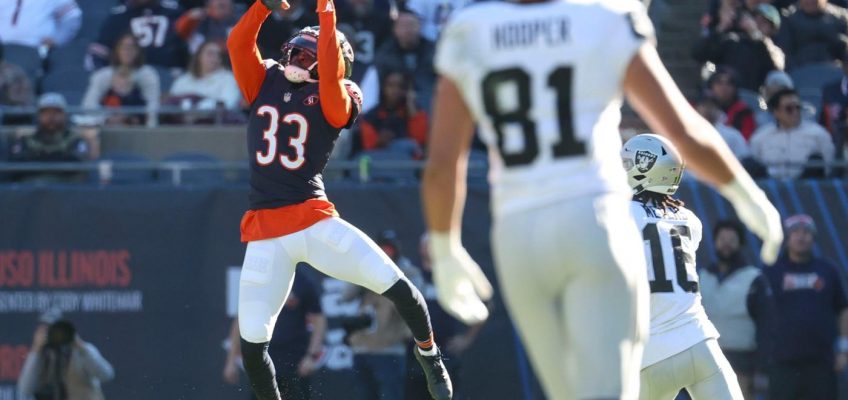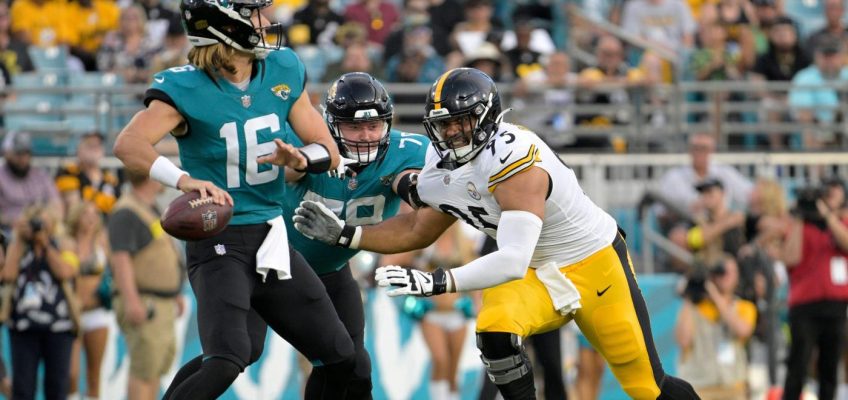Edward Lotterman
Bonds are in the news — and their fluctuations in yields and price are influencing stocks and the overall economy.
But even those who understand what’s going on may have a hard time explaining how this affects the “real world” that you and I live in.
“Bond Market Volatile;” “Bonds React to GDP Numbers;” “Yields and Prices Fluctuate In Bond Markets,” are all recent headlines. But what does it all mean?
Unfortunately, this can be a bit confusing even for well-educated financially literate members of the general public.
What exactly is the “price” of a bond and how could it fluctuate? What is the “yield?” Is that different from a bond’s interest rate? What exactly is a “bond” itself?
And how is a corporate bond issued by, say, Boeing, different from a share of stock in Boeing? How is a bond different from a CD? What is a “bond fund?” And what in the heck is a U.S. Treasury “bill” or “note” as opposed to a “bond”?
It’s time for a primer.
A bond is, fundamentally, a loan. When you buy it, you essentially are loaning the seller the money with a promise that it will be paid back with interest later. This differs from a promissory note, typical in car loans or mortgages, in that bonds are not “amortized” over time with periodic principal payments in addition to interest. And a bond must meet specific financial and legal specs that a consumer loan or poker-table IOU need not.
Common bonds are quite simple. You lend me $1,000 on Nov. 1, 2023. I give you a piece of paper promising to pay you $50 each Nov. 1 over the next nine years and $1,050 on Nov. 1, 2033. The $50 payments are 5% interest on $1,000 of principal. The last $1,050 also repays the amount initially borrowed.
This is a “coupon bond.” There is a variant: You lend me $950 and in a year I pay you $1,000. This is $950 in principal and $50 in interest. This is a “discount bond.” If short term, say 13, 26, or 39 weeks in maturity, may be called a “bill,” as in “Treasury Bills” or “T-Bills.”
Many people over age 50 are familiar with discount bonds as the U.S. Treasury Series E Savings Bonds they received in their youth. These started as WWII War Bonds. Patriotic citizens paid $18.75 for a war bond. Ten years later they could redeem it and get $25. That was a very low interest rate, so while the $18.75 purchase price remained, the time to maturity was shortened repeatedly.
When we talk about the “national debt,” we mean bonds issued by the U.S. Treasury. Technically, if these have a maturity of a year or less, they are “bills,” if two to 10 years, they are “notes” and if over 10 years they are bonds. Bonds typically have 20- or 30-year maturities but could be any. Until 1911, 50-year ones had been issued.
Besides the federal government, bonds may be “issued” or “sold” by state and local governments, corporations, and myriad entities. Corporate bonds historically were for building major private infrastructure like steel plants, refineries, mines or factories. “Municipal” — a catchall for state and local government bonds — were for common-use roads, bridges, schools or water and sewer systems.
Another thing that separates a bond from a promissory note is that a bond must meet strict legal criteria and disclosure requirements and must be “underwritten” by a qualified institution. That is why, when congregations building new churches borrow money from the community, they may issue “promissory notes,” but not “bonds.”
So much for the basics. If everyone who lent or invested money by buying a bond held it to maturity, that would be about it. But people change their minds and some need cash before a bond matures. And there always are speculative investors who look for returns in all possible situations. Thus, bonds are also instruments of trade in securities markets.
And here is where complexity sets in.
Say a poor fatherless infant, like me in 1950, gets a $1,000 inheritance from their deceased father. And say a state law requires that such funds, held in trust, must be in super-safe U.S. Government bonds. Say these pay 1.75%, but later, newer government bonds pay 4% and 5%. Once the child grows up, and wants to sell the bonds early, wouldn’t they rather get $40 or $50 a year over the life of the bonds instead of $17.50?
If the money is locked up in 1.75% bonds, the only way to find a buyer before the bonds mature would be to offer them at less than “par,” or the $1,000 face value. At this substantial “discount,” the return on the bond would be competitive with newly issued 4%-5% ones. The market “price” of the bond might be $600 compared to the “par” of $1,000. The “coupon” or face interest rate still would be 1.75%, but the yield — or difference between value and price — would be, say, 4.5%.
Then consider someone who bought a $1,000 30-year Treasury in 1981 when the Federal Reserve was crushing inflation through sky-high interest rates. With a coupon rate of 14%, they get $140 a year for 30 years. Now suppose in 2002, after years of low inflation and the post-9/11 Fed pushing interest rates down to 5%, the bond owner needs cash. But the bond is still nine years away from maturity. Should the holder take $1,000 from the first buyer offering it? Of course not — $140 a year is worth more than $50. They could get a substantial “premium” over the par value. The “price” of the bond would be hundreds of dollars more than the par value. The “yield” or effective interest rate earned by the new owner on their outlay would be about the same as on all other bonds of similar risk.
So there is an inverse relationship between the price of “seasoned” bonds bought and sold in “secondary markets” and interest rates. If interest rates rise, the return, or yield, on new bonds will be slightly higher than existing ones, so the price of all existing ones that will mature at the same time, regardless of when issued and original term of years, will drop. If interest rates fall, the return on new bonds will be slightly more competitive with those of bonds already out in the market and so the price of existing ones will rise.
And that brings us to what is going on right now. As economic news, such as the high third-quarter GDP reported Thursday, or rising oil prices, or Fed strategy, comes out, market expectations move interest rates in reaction. Higher rates drop the value of existing bonds offering any specific payment. Lower current interest rates raise their value.
Similarly, inflation reduces the “real,” or inflation-adjusted, return on a bond. So higher inflation pushes bond prices down and falling inflation increases them.
Understand that even “professionals” sometimes get mixed up. With current high uncertainty, prices and yields are yo-yoing compared to normal fluctuations.
A recent Bloomberg News article asserted “ ‘World’s safest asset’ proves anything but … .” Wrong! U.S. Treasury bonds are the safest investment in the world in that the interest and principal promised in the initial issue of the bonds has always been paid on the date specified. But no intelligent finance person would ever think that if you sell any bond at some time between its initial issue and its maturity that you would get the exact face value. That is obvious nonsense.
But market demand for various bonds also drives the yields, and also reacts to economic expectations in the news.
For example, there are different levels of risk in lending for 13 weeks or 30 years, and so the interest rates for bonds will vary with the term of the bond. Traditionally, because there is less risk of something important changing in a few months, the shorter the term, the lower the risk and the lower the yield. If you plot rates of various long- and short-term bonds against maturity you get a “yield curve.” Generally, because short-term interest rates usually are lower than long-term, the curve slopes up in a “normal yield curve.”




